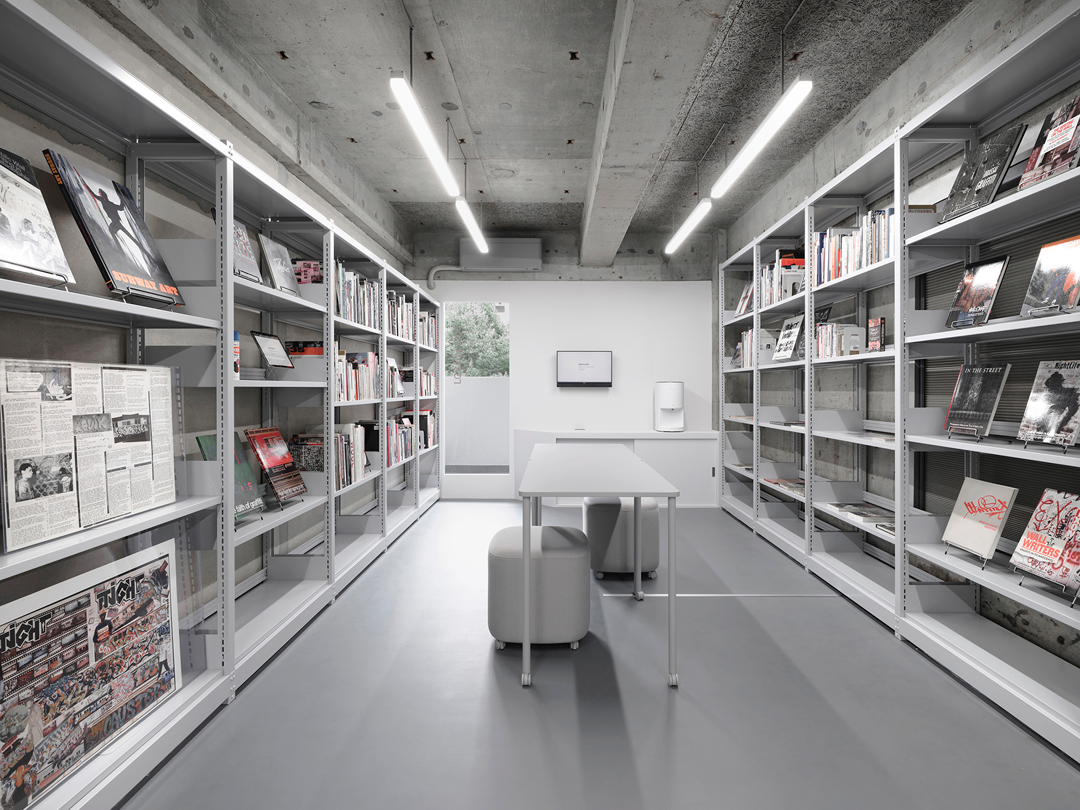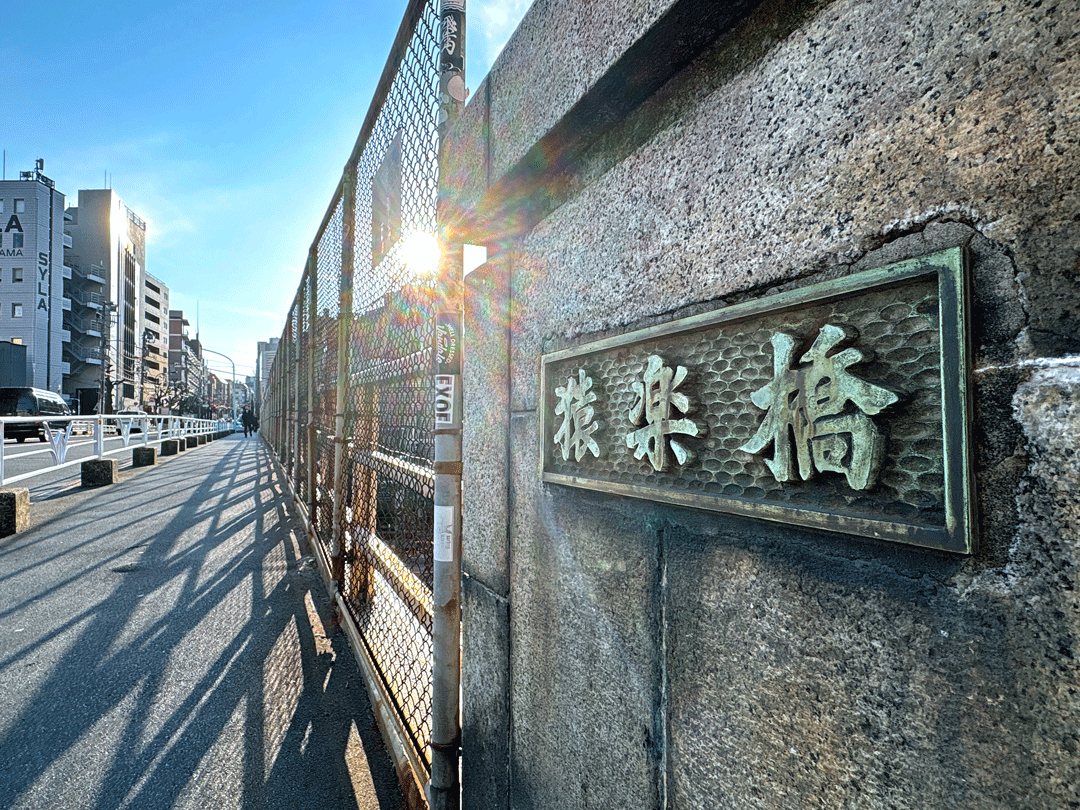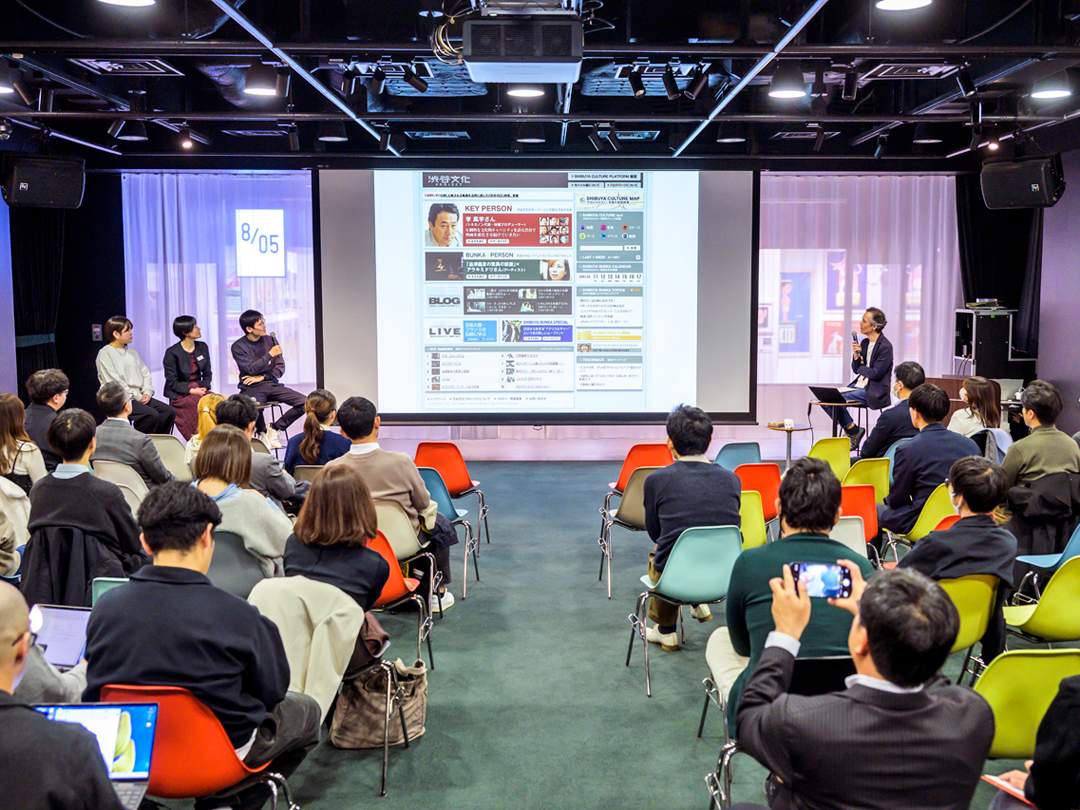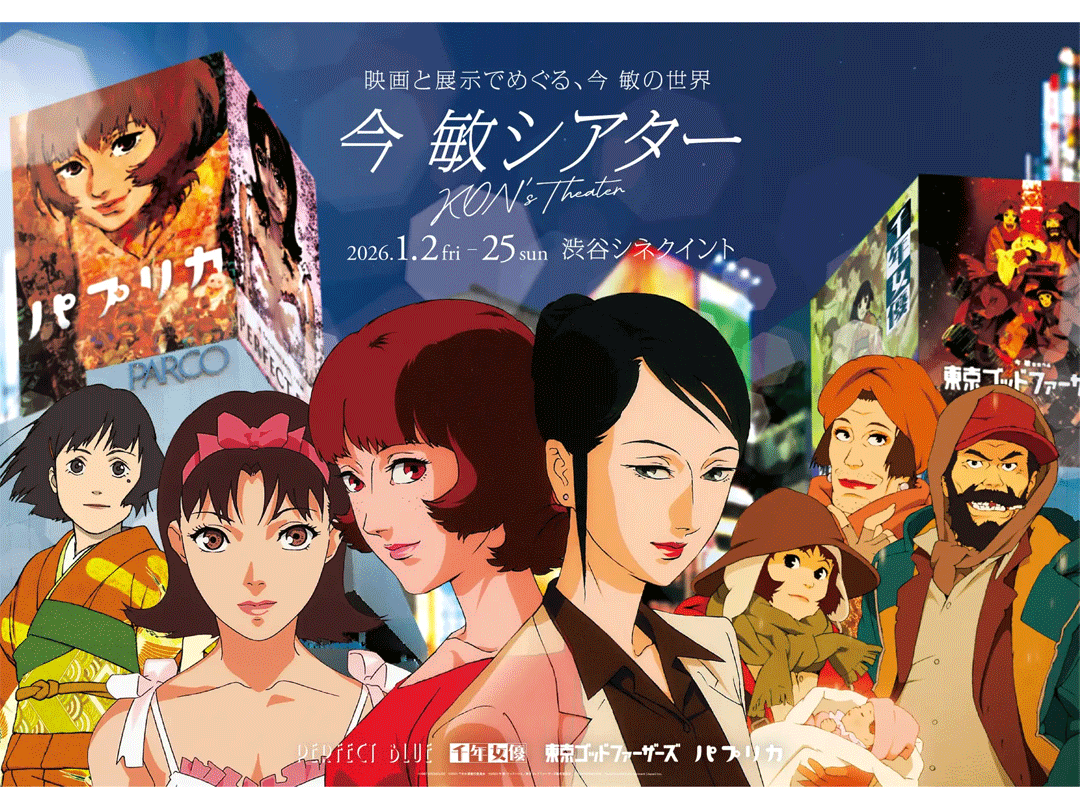SHIBUY.A. × WATCH
East side of Shibuya, connecting history and future "History of Shibuya East seen on a map"
2024-06-27
To commemorate the completion of the complex "SHIBUYA SHIBUYA AXSH" (Shibuya 2-chome), which is set to open in July, a book tracing the history of the area on a map, "The History of Shibuya East as Seen on Maps" (Alpha Beta Books), was released in June.
Author Minamizuka Shingo moved to Tokyo from Toyama in 1956 when he was in the third year of junior high school and started living with his aunt in Konno-cho, Shibuya Ward (now Shibuya 2-chome), which is where his connection to Shibuya began. He later graduated from the University of Tokyo and became a historian specializing in Hungarian history. He currently serves as professor emeritus at Chiba University and Hosei University, director of the Institute of World History, and chairman of the association promoting the redevelopment of the area.
The "Shibuya East" area introduced in this book refers to the east side of the Shibuya River that flows from Cat Street to Shibuya Station and Ebisu, and includes the area from Onden Shrine in the north, Hikawa Shrine near Kokugakuin University in the south, and Aoyama Gakuin University in the east. By tracing the evolution of maps from the Edo period to the prewar period, postwar reconstruction, high economic growth, and up to the present day, the book introduces the changes in the villages and towns of Shibuya East and the lives of the people.
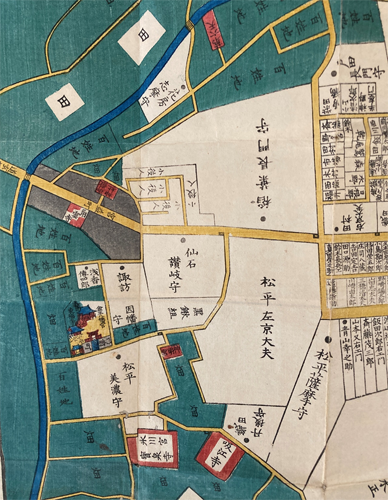
"Aoyama Shibuya Map" (1857), the blue line is "Shibuya River", the yellow thick line (horizontal) is "Miyamasuzaka"
By comparing Edo-period drawings with modern maps, the book is packed with fascinating information, such as temples and shrines such as Konno Hachimangu Shrine and Hikawa Shrine, the changing city center along Oyama Kaido (Miyamasuzaka), and town names that have disappeared. By learning the history of Shibuya East, you can gain a deeper understanding of the city's present and future.
In conjunction with the opening of SHIBUYA AXSH, a pedestrian deck connecting the adjacent Shibuya Hikarie and Shibuya Cross Tower will also be opened. This will improve the convenience of pedestrian flow in areas that have been divided by the development of major roads (Aoyama-dori, Roppongi-dori, Shuto Expressway), and is expected to create a new bustling town in the Aoyama and Shibuya 3-chome areas.
Minamizuka says, "Unlike Dogenzaka, which is bustling with young people, Shibuya East is a calm, adult area. It also has the potential to give rise to innovation."
The book is 64 pages in full color in B5 size and costs 1,800 yen (excluding tax). When a new commercial facility opens, why not also think about the history of the area and land?
- Panel exhibits that explore the history of Shibuya
The SHIBUYA AXSH which also plays a role in facilitating smooth circulation in the Shibuya Station East Exit area surrounded by major roads, will be presented with panels tracing the changes that have taken place since the Edo period using maps to show the progress of the redevelopment from before its development to the present. - Period: July 8th (Mon) - July 31st (Wed) 10:00-18:00
- Location: SHIBUYA AXSH 3rd floor stairwell (Tamariba)
- Price: Free admission
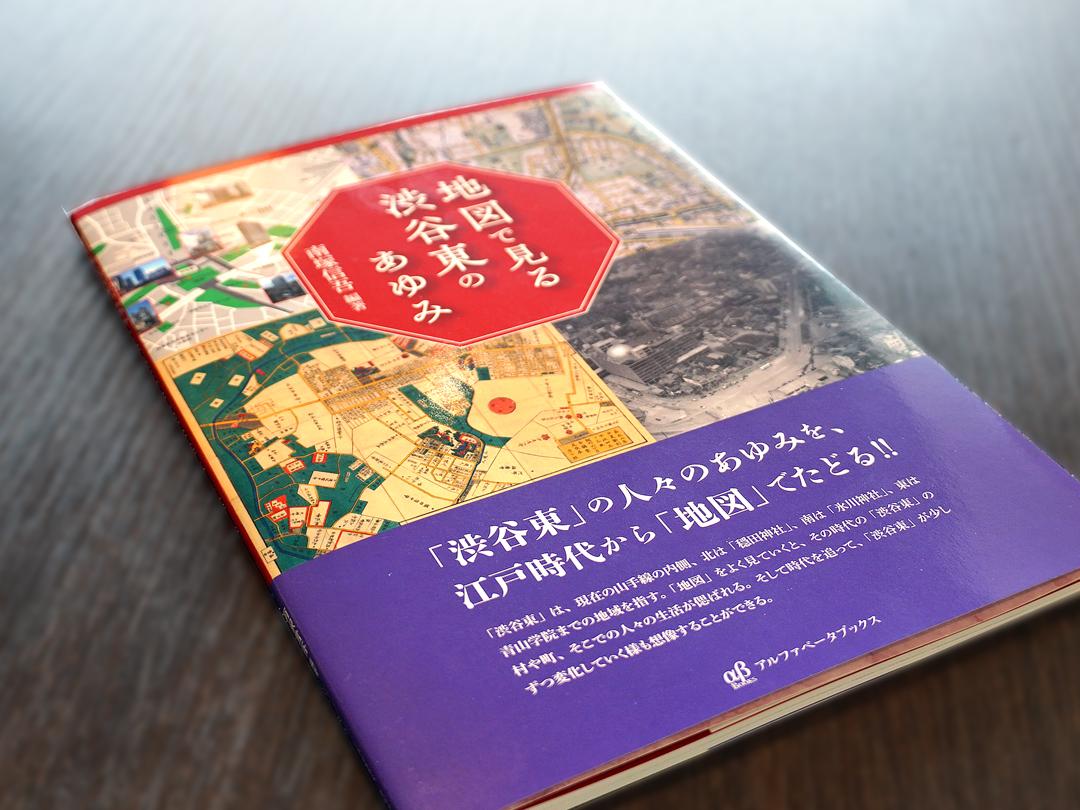
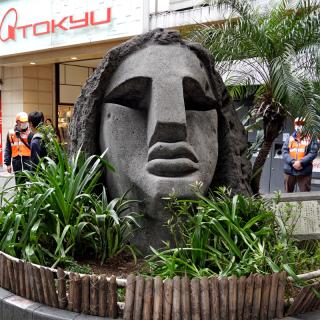
![[Report] Shibuya Culture Project 20th Anniversary Event "Shibuya's 20 Years of Memories and the Future"](https://biz.shibuyabunka.com/storage/images/watch//1766289627.png)
![[Report] Turning Shibuya's icon into a media outlet: "Beautiful Skin PR" starring Shibuya Moai Statue](https://biz.shibuyabunka.com/storage/images/watch//1764640710.jpg)
![[Report] "Shibuya Archive Photo Exhibition 2025" opens, shining a light on Shibuya's streets, including "Koibumi Yokocho" and "Spain Hill"](https://biz.shibuyabunka.com/storage/images/watch//1763622716.jpg)
